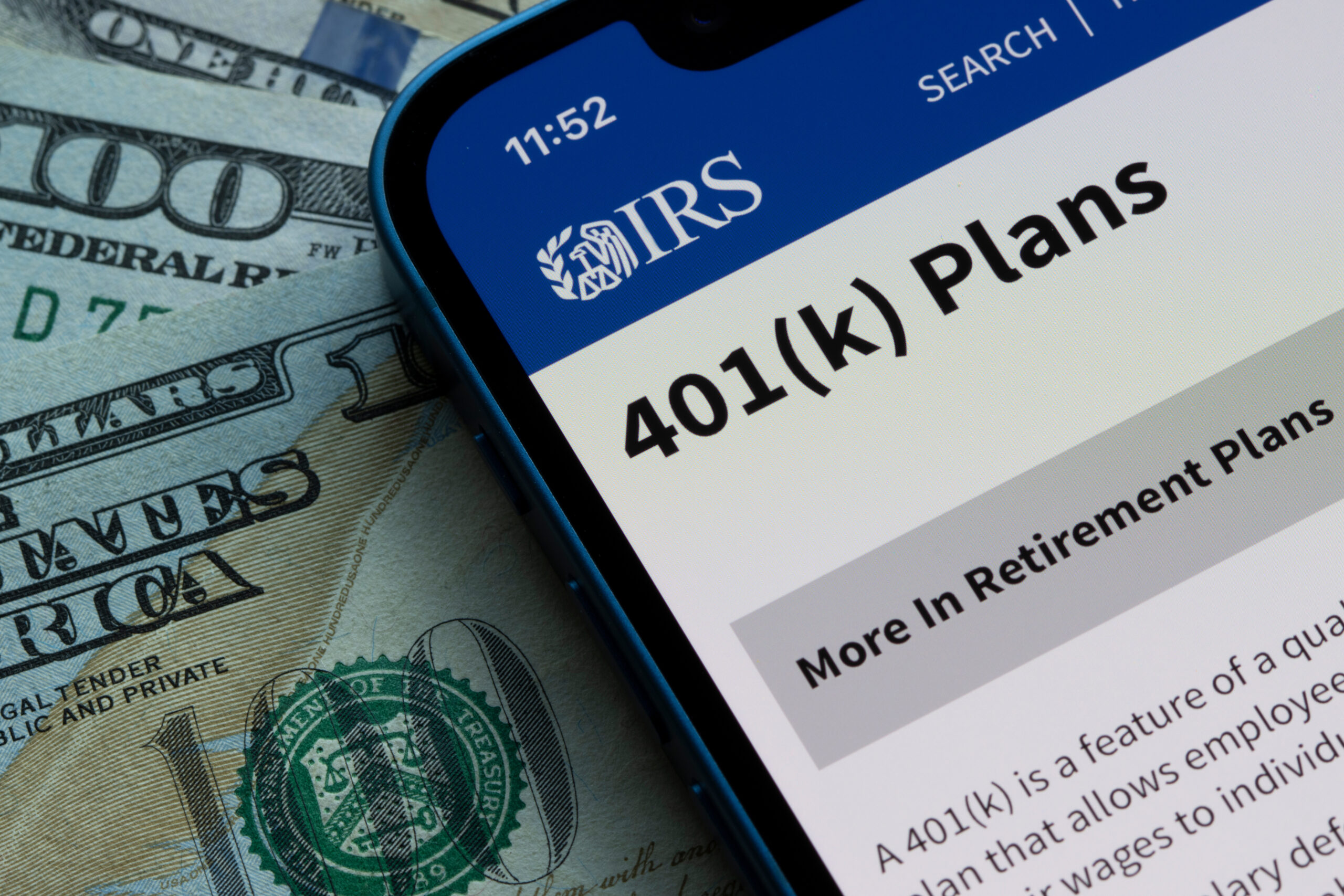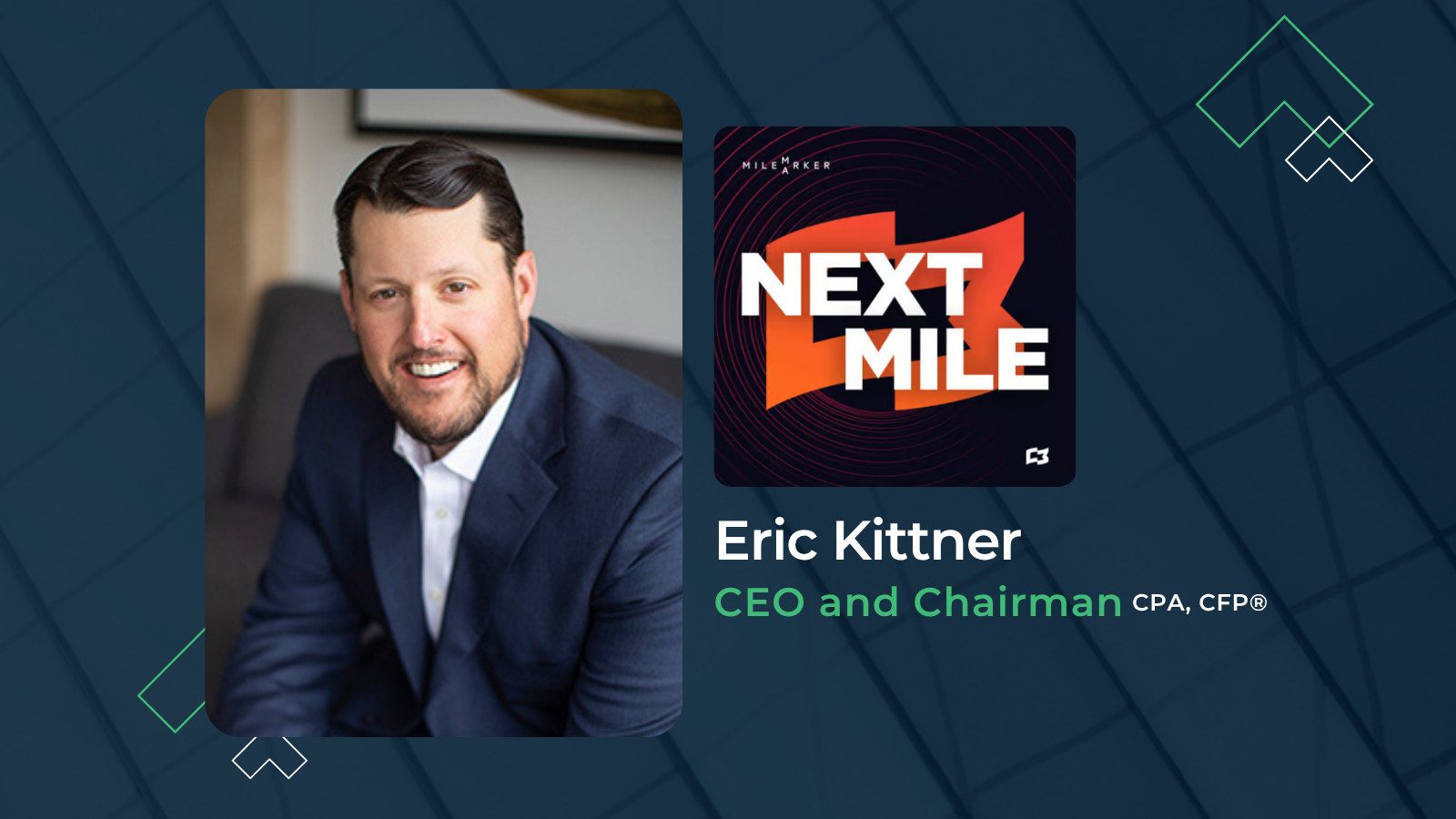By Sarah Bishop, Senior Retirement Plan Advisor – Learn more about our Retirement Plan Consulting Services
401(k) plans can provide substantial tax benefits for both employers and employees. A thorough understanding of these benefits enables both parties to maximize their contributions.
Tax Benefits for Employees
Tax Deferral on Employee Contributions
Employees can contribute a portion of their income to their 401(k) on a pre-tax basis, thereby reducing their taxable income for the year. This results in lower taxes today, with the payment of taxes deferred until withdrawals are made in retirement.
Additionally, earnings on these pre-tax contributions are also tax deferred until the time of withdrawal.[1]
Impact on Take-Home Pay
Contributing to a 401(k) plan on a pre-tax basis can also positively impact an employee’s take-home pay.
By reducing their taxable income, employees may experience a decrease in their current overall tax liability, resulting in more money in their paycheck today.
Roth 401(k) Tax Advantages[2]
For employees who prefer to pay taxes upfront, a Roth 401(k) offers the opportunity for tax-free withdrawals in retirement.
Contributions are made with after-tax dollars, earnings grow tax-free, and withdrawals are not taxed if certain conditions are met[3]. This can be advantageous for employees who expect to be in a higher tax bracket in retirement or who prefer having both taxable and non-taxable accounts available for withdrawal in retirement.
Roth 401(k) contributions are also available to employees without the income restrictions that apply to Roth IRA contributions[4], making them a viable option for high earners to access Roth contributions.
Tax Benefits for Employers
Tax Deductions on Employer Contributions
Employers who provide matching, profit sharing, or other types of employer contributions can benefit from tax deductions. These contributions are considered a business expense and can be deducted from the company’s taxable earnings, thereby reducing the overall tax burden.
These deductions can help offset the administrative costs of offering a 401(k) plan to employees.
Reduced Payroll Taxes
Employer contributions made to a 401(k) plan are not subject to payroll taxes[5], which can result in significant savings for the company.
This reduction in payroll taxes can also help employers offset the administrative costs of offering a 401(k) plan to employees.
Potential Tax Credits for Small Businesses[6]
The SECURE 2.0 Act provides enhanced tax credits, making it more affordable for small businesses to offer retirement plans.
Small employers are eligible for enhanced tax credits to offset start-up costs associated with sponsoring a retirement plan for their employees.
Employers with 100 or fewer employees may be eligible to claim up to $5,000[7] in start-up tax credits for three years when establishing a new retirement plan.
Additionally, employers may be eligible to claim tax credits up to $1,000[8] per employee to offset the costs of employer match or profit sharing contributions for five years when establishing a new defined contribution retirement plan. A $500 tax credit is also available for three years for including an automatic enrollment provision in the 401(k) plan.
Understanding these tax benefits is essential for both employers and employees. 401(k) plans offer significant tax advantages that can enhance retirement savings and reduce tax liabilities.
Employers should consider the potential tax deductions and credits available, while employees should ensure they are taking advantage of the tax deferral and/or tax-free growth opportunities available within their plan.
Visit the Finerty Retirement Plan Team’s Wisdom and Wealth webpage to see how Moneta can help with financial wellness and retirement plan education. https://team.monetagroup.com/401k-financial-wellness/
[1] Some plan documents allow withdrawals prior to retirement or upon termination of employment. Early withdrawal penalties may apply to withdrawals taken prior to retirement. Please consult your plan’s Summary Plan Description and your tax advisor for more information.
[2] Not all 401(k) plans provide a Roth option. Please see your Summary Plan Description or consult your HR team to confirm the specific provisions of your plan.
[3] A qualified Roth distribution requires that the withdrawal be made at least 5 years after the first contribution to your Roth account and after you have attained age 59 ½ or on account of disability or death. Internal Revenue Service – https://www.irs.gov/retirement-plans/roth-acct-in-your-retirement-plan
[4] Internal Revenue Service – https://www.irs.gov/newsroom/401k-limit-increases-to-23500-for-2025-ira-limit-remains-7000
[5] Internal Revenue Service – https://www.irs.gov/retirement-plans/retirement-plan-faqs-regarding-contributions-are-retirement-plan-contributions-subject-to-withholding-for-fica-medicare-or-federal-income-tax
[6] Internal Revenue Service – https://www.irs.gov/retirement-plans/retirement-plans-startup-costs-tax-credit
[7] Tax credits are calculated based on the number of eligible non-highly compensated employees.
[8] Tax credits are calculated based on the number of eligible non-highly compensated employees.



